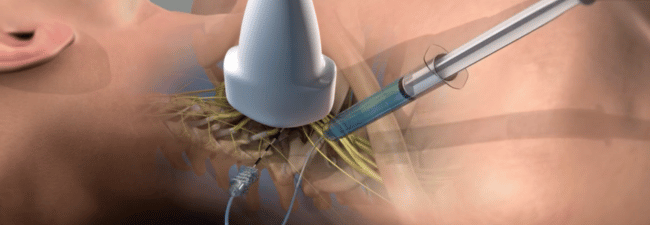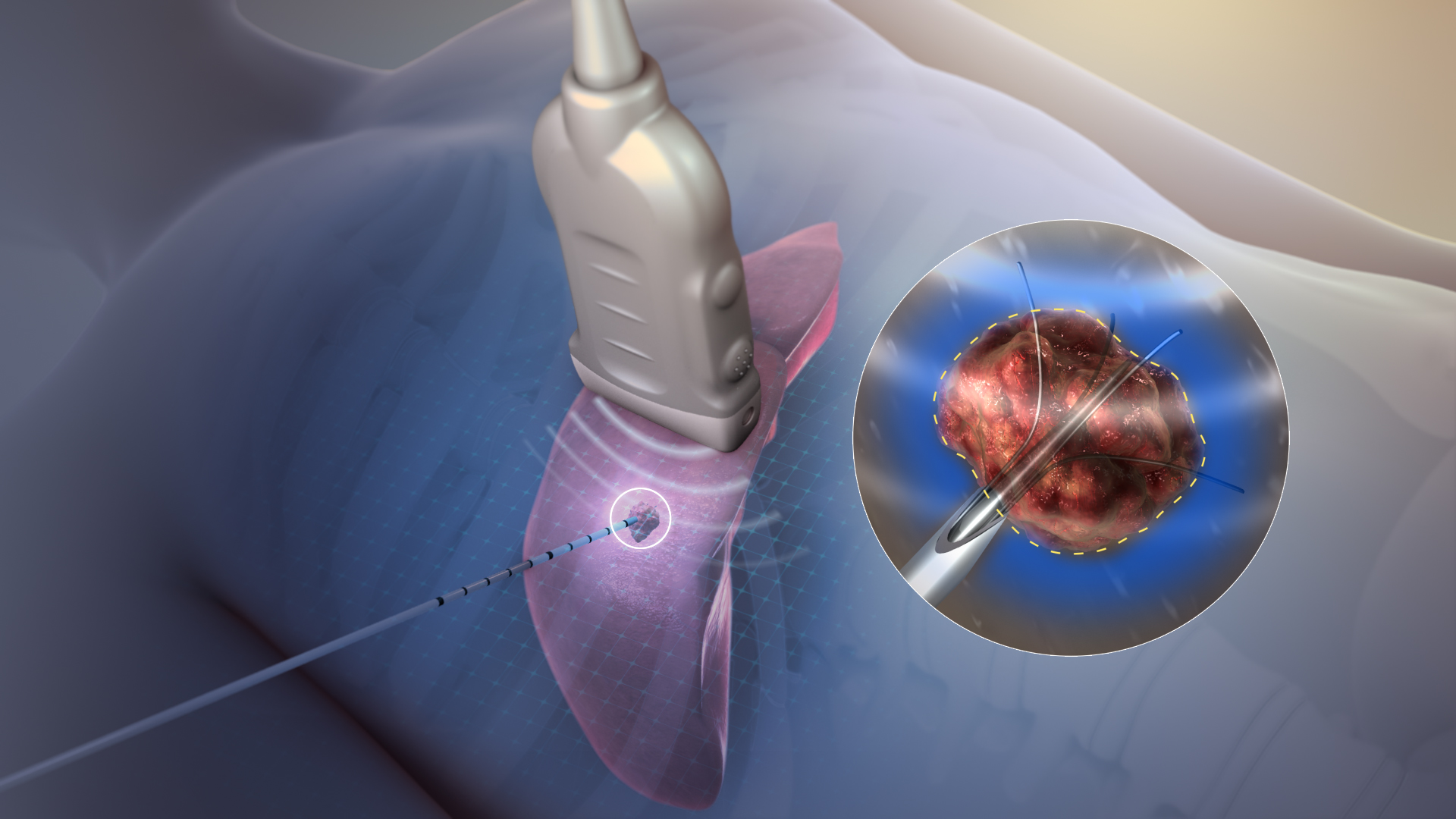Nerve Pain Treatments
Nerve pain, also known as neuropathic pain, can be challenging to treat due to its complex nature. Treatment options typically involve a combination of medications, physical therapies, lifestyle modifications, and advanced injections. First-line medications often include anticonvulsants like gabapentin and pregabalin, which stabilize nerve activity, and antidepressants such as duloxetine and amitriptyline, which modulate pain signals in the brain. Topical treatments, like lidocaine or capsaicin patches, can provide localized pain relief. Physical therapy and exercises tailored to improve strength, flexibility, and function can also be beneficial. Additionally, techniques such as transcutaneous electrical nerve stimulation (TENS) and acupuncture may offer relief by altering pain perception. For some patients, nerve blocks or injections can provide temporary pain relief. Lifestyle changes, including stress management, proper nutrition, and regular exercise, are important in managing neuropathic pain. A multidisciplinary approach is important.

Various Conditions
- Cancer Pain
- Chronic Shoulder Pain
- Chronic Knee Pain
- Chronic Foot/Ankle Pain
- Sciatic Nerve Pain
- Shingles Nerve Pain
- Spinal Stenosis Pain
- Chronic Daily Headaches
- Stump & Phantom Limb Pain
- Complex Regional Pain Syndrome
Nerve PainTherapy
Nerve blocks are a minimally invasive injection which entail the introduction of anesthetics into the tissue surrounding a nerve or the targeted injured body part. Nerve blocks offer respite from prolonged and incapacitating pain. Consider chronic neuropathic pain, where continuous suffering results from nerve damage. Nerve block injections, comprising anesthetics or anti-inflammatory agents, impede pain signals from a particular body area or alleviate inflammation therein. Essentially, nerve blocks alleviate pain by disrupting the transmission of pain signals to the brain. These injections primarily benefit individuals grappling with severe and enduring pain, encompassing various conditions such as:
Nerve Ablation Therapy
If patients do well with nerve blocks and want long lasting effects, then they may be great candidates for nerve ablation therapy, whereby heat is applied through a small cannula in order to disable the nerve for 6 months- 2 years. This is a small outpatient procedure which may take 5-15 minutes to perform and is either done with ultrasound guidance or fluoroscopy (x-ray), which aids in 99% accuracy.

Nerve Stimulation Therapy
Nerve stimulation is a cutting edge treatment which is considered when nerve blocks and ablation therapies do not provide enough significant relief. This is performed by placing a small electrode near the damaged nerve with Ultrasound or fluoroscopic guidance. Advancements in technology now allow this to be done without any cutting! With success rates over 80%, nerve stimulation has allowed us to finally manage chronic back, neck, post surgical knee, shoulder, and foot pain (in addition to many more).

